#renaissance women
Text
IT'S TIME YOU ALL HEARD ABOUT MY GIRL ARCANGELA TARABOTTI, SALTIEST NUN IN CHRISTENDOM

So, I first heard about Arcangela Tarabotti while I was doing the study for my novella THE CITY BEYOND THE GLASS, which is set in Renaissance Venice and inspired by a real historical practice: At one point during the sixteenth century, nearly sixty percent of all the noble women in Venice lived in convents. And the vast majority of them were there against their will.
For complex dynastic reasons (or basically…money and prestige), only one son and one daughter in each generation of Venetian noble families were permitted to marry during this period. The remaining sons resorted to the famous Venetian courtesans to find the companionship which was denied them in marriage, while the spare daughters were locked into convents. The system was unsustainably wasteful and had to be abandoned within a few generations, but by that time it was already too late - many of the old patrician families of Venice were already going extinct. (You can read more on this in Jutta Gisela Sperling’s book Convents and the Body Politic in Late Renaissance Venice).
While it lasted, the system had plenty of opponents. In 1619, Patriarch Giovanni Tiepolo said, "More than two thousand patrician women…live in this city locked up in convents as if in a public tomb. …They are noblewomen, raised and nurtured with the highest delicacy and respect so that if they were of the other sex, they would command and govern the world."
Even when they have suffered oppression, women throughout history have challenged the status quo, and the women of Venice were no different. Arcangela Tarabotti is the foremost example.
Arcangela was just 11 years old when her father sent her to the convent of Sant'Anna. He considered her to be unmarriageable because she had a physical disability, which she had in fact inherited from him. She would spend the rest of her life there, taking vows as a nun in 1623…a fact about which she was in a white-hot fury.
"Why, then, do you defy the works of the Most Just One by decreeing that many women should live all together, alike in dress, dwelling place, food, and conduct, when the Lord of Lords makes it a miracle of His infinite wisdom for all things He created to be different? Why do you want to bend to your whim contrasting wills created so by nature? It is nothing less than wanting to change and correct the deeds of a Creator who cannot err."
During her early years in the cloister, Arcangela gained a reputation for rebellion and outspokenness. At one stage, it took a direct command from the Patriarch himself to force her to cut her hair. Despite this, Arcangela was able to access a high standard of education at the convent and became a philosopher and writer, corresponding with an impressive network of the thinkers of her day. She wrote multiple works critiquing the misogyny entrenched in Venetian society - including a scorching expose titled Paternal Tyranny.
“Only hell itself bears a likeness to the suffering of these enforced slaves of Christ," Arcangela wrote concerning the Venetian women imprisoned in nunneries. "Over the gate of Hell, Dante says, are inscribed the words ‘Abandon every hope, who enter here.’ The same could be inscribed over the portals of convents.”
Contrary to the polemicists of her day, Arcangela maintained that women were fully equal to men and even argued that they should be able to become lawyers and judges. "Both male and female were born free, bearing with them, like a precious gift from God, the priceless bounty of free choice. If in God’s eyes woman is not less privileged than you with respect to her physical or spiritual qualities, why do you wish her to seem created with such great inequality, you enemies of the truth, proclaiming her to be subject to your impulsive, mad whims? In short, woman is deserving of less respect than you only when you have reduced her to this state by your scheming."
"When women are seen with pen in hand, they are met immediately with shrieks commanding a return to that life of pain which their writing had interrupted, a life devoted to the women's work of needle and distaff," she argued.
Tarabotti maintained that she did not condemn all men simply for being men: "Stricken by a guilty conscience, some men will say that I speak with excessive temerity about all men in general. They are greatly mistaken. If they behave justly, they will be protected from my attacks and those of others. I separate the just from the wicked (who are the subject of my discourse), since not all men are bad and not all women are good."
As a keen amateur historian, I’m accustomed to wincing when people assume that all women living before about 1920 were ignorant, oppressed, and unable to inherit or control property (as if world history was not long and diverse and filled with creative, bold, and influential women). For a limited time during the Renaissance, however, things really were incredibly bad for Venetian women. To find out more about Arcangela and her times, I highly recommend Letizia Panizza's translation of PATERNAL TYRANNY, published in 2004 by the University of Chicago Press!
#history#renaissance history#venice#venetian history#women's history#renaissance women#historical fiction#renaissance#17th century#1600s#medieval women#women in history#feminism
313 notes
·
View notes
Text

"The mother of Pope Clement VII remains an enigmatic figure. Pieraccini cites a record of the Pazzi conspriacy by Antonio da San Gallo in which he wrote that Giuliano had a son, aged one, by the time he was killed in the Pazzi conspiracy in 1478. The mother was ' a woman of the Gorini, his friend. The said Lorenzo went to see him and then gave him to the care of the same Antonio, where he stayed until his seventh year. The said son had the name of Giulio and was born on the 6th March 1478. Seraccini is cited as stating that she was Fioretta di Antonio di Michele di Iacopo del Ciptadino corazzaio. Pieraccini however states that the mother's name was certainly 'Fioretta', but that all else is unknown.
An unpleasant paragraph then follows outlining the importance of knowing who the mother was, owing: ' on the laws of hereditary biology, the knowledge of whether Fioretta was daughter of nobles or plebs must be important, for example, to recognise the inheritance of particular refined talents or dispositions, presumably more developed in the Florentine upper classes than in the lower ones.' Giulio had himself declared legitimate during Giovanni's cardinalate, saying that his mother had been secretly married to Giuliano. The eighteenth-century Jesuit antiquarian, Giuseppe Richa, in an attempt to ensure the Medici pope's legitimacy to the throne of S. Peter, repeated this claim of a secret marriage. Hibbert follows the Gorini reference, and identifies her as Fioretta Gorini. 'This boy, whose mother soon afterwards died, was adopted by Lorenzo'. Young identifies her as Antonia Gorini." - Women on the margins: the beloved and the mistress in Renaissance Florence
#perioddramaedit#donneitaliane#donne italiane#donne nella storia#donne della storia#fioretta gorini#giuliano de medici#medici#mediciedit#imedici#miriam leone#Giulio de medici#antonia gorini#historical figures#history#historyedit#women of history#women in history#renaissance women#rinascimento#15th century#italiansedit#italian history#italian renaissance#women's history#women of renaissance#perioddramasource#period drama#perioddramacentral#historicwomendaily
57 notes
·
View notes
Text
Here’s a holiday #CarePackage
0 notes
Text
Women in the Wild

#bug art#collage#woman artwork#women artists#woman artist#digital illustration#digital art#naturecore#nature art#fun art#renaissance art#recycledart#black women art#renaissance women#Spotify#SoundCloud
0 notes
Text
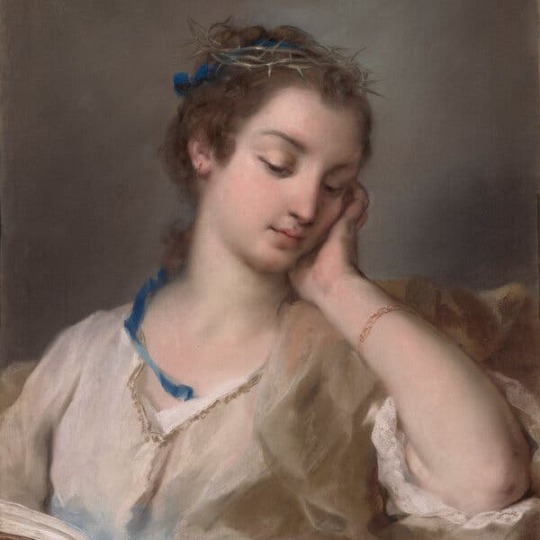





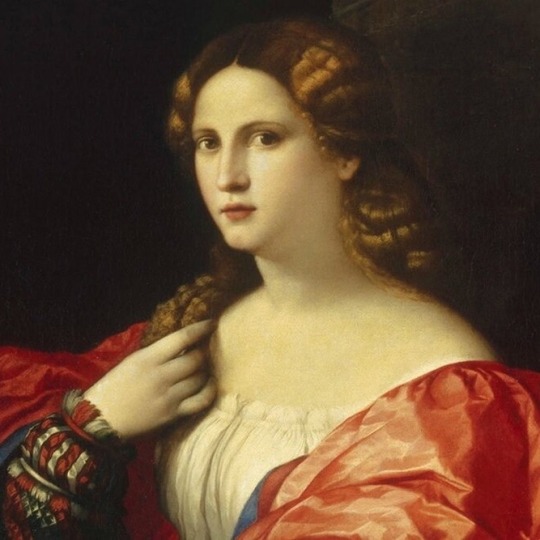



Appreciation post for the women featured in 14th-17th century art
I hate my round face and soft features until I remember them
#renaissance#italian renaissance#art#oil on canvas#women in art#renaissance women#beauty#beauty standards
1 note
·
View note
Text

"Girl in Pink Dress" by Laura Wheeler Waring 1927
2K notes
·
View notes
Text

Anyway I’m a clown because this is how I chose to costume myself as a female Orc for a renfaire
In my defense, it was nearly 100 degrees out and being sexy is fun

#I do look p hot ngl#also I’m my defense I didn’t have time to make anything new so I had to pull something from my previous costume box#I don’t like the belt angle but that’s cause I had to take out some things tucked into it so I could effectively sword fight#half orc#cosplay#renaissance faire#dungeons and dragons#dnd cosplay#women with swords
7K notes
·
View notes
Text
"In this sad circle I run round,
Till giddily I tumble down;
But should poor I suspire to air,
I know the sad fruits of despair.
Or should I into tears dissolve
What horror would my soul involve."
Hester Pulter, "The Circle [1]" c. 1640-60s
#hester pulter#early modern#women's poetry#renaissance women#english poetry#alchemy#despair#poetry#universal dissolution
1 note
·
View note
Text


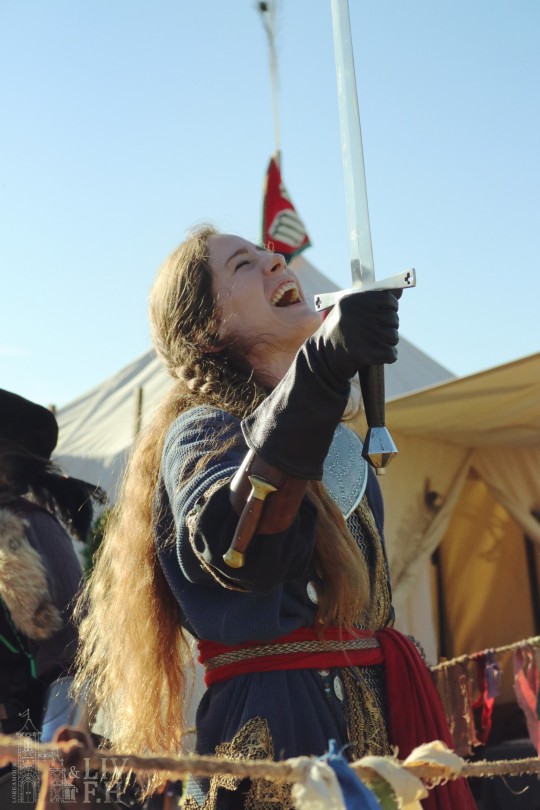


Happy Faire Friday!
The sun is out and making me nostalgic for faire season.
Missing all my armored faire friends and crew.
I hope you all have a magical weekend. I can't wait for the New years shenanigans. ✨️
With @unicorn-shieldmaiden & Sarah F. ❤️
Photos thanks to Liv F.H.
#faire friday#ren faire#renaissance faire#knight#dame#lady knight#women in armor#armored ladies#sword sisters#knights of loreamour#dame archer#archer inventive
1K notes
·
View notes
Text

#nya dolliee#solange#solange knowles#beyonce knowles#renaissance world tour#black girl moodboard#black girl aesthetic#black women#black girl luxury#blackgirlmagic#blacktumblr#soft life#black girl magic#black girl hair#melanin#soft moodboard#black love#blackout#black girls travel#braids#summer#block party#black girl#luxury lifestyle#rich black women#educated black women#black women in luxury#natural black women#black women hair#women of color
2K notes
·
View notes
Text
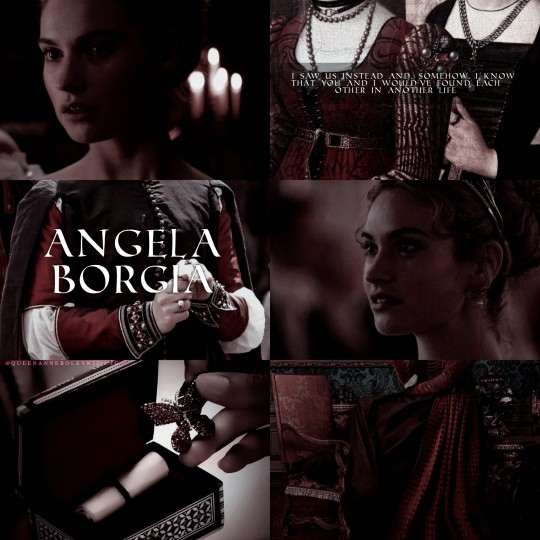
Two or three of her ladies-in-waiting were pretty. One danced well and another, Lucrezia’s cousin Angela Borgia, was charming. Without her knowing, El Prete had picked her as his favorite. Angela’s charm would be the source of great tragedy in Ferrara; even then it must have been one of the reasons for the nightly visits Alfonso’s brothers made to Lucrezia’s palace.
She was the illegitimate daughter of Guillem Ramon de Borja and Sanoguera, son of Otic de Borja y Montcada and his wife Violant Sanoguera. Her mother was Isabel de Montcada. She was also a niece of Cardinal Rodrigo Borgia, later Pope Alexander VI .In her youth she lived in Rome alongside her cousin Lucretia Borgia, whom she accompanied to Ferrara when she married Alfonso I d'Este, Duke of Ferrara
Considered as a woman of great beauty, elegance, romantic, with an exquisitely feminine personality. She was absolutely trustworthy friend, confidant of the innermost secrets, favorite companion and assistant to her favorite cousin Lucretia. She won the praise of men of letters as Diomede Guidalotti who dedicated two sonnets to her, and even Ludovico Ariosto dedicated the last canto of Orlando Furioso to her. Pietro Bembo idealized her as an "angel that can pray for me." On 1 August 1504, in the dedication of his "Gli asolani" to the duchess Lucrezia Borgia refers back to his Angela, indicating that Lucrezia's cousin and maiden is "the dear and gallant Madonna Angela Borgia".
#perioddramaedit#history#angela borgia#angela borja#borgia#cortegiania#lucrezia borgia#the borgias#lily james#donne della storia#donne nella storia#donneitaliane#donne italiane#women of history#renaissance women#italian renaissance#women of renaissance#renaissance italy#renaissance#rinascimento#lilyjamesedit#otoc de borja#cesare borgia#rodrigo borgia#isabel de montcada#giulio d'este#ippolito d'este#ferrara#women in history#pietro bembo
70 notes
·
View notes
Photo
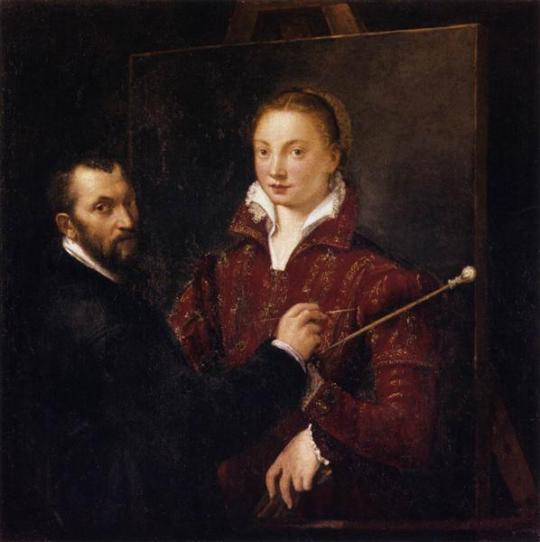
Bernardino Campi Painting Sofonisba Anguissola
Sofonisba Anguissola, 1559
#art#painting#sofonisba#renaissance art#renaissance women#renaissance painting#bernadino campi#mypost
1 note
·
View note
Photo

Two Young Women Kissing (1790s) by Louis-Léopold Boilly.
#art#art history#arthistory#painting#oil painting#oil paintings#classical paintings#classical art#classic art#fine art#renaissance#baroque#dark academia#light academia#dark aesthetic#academic art#historical painting#two young women kissing#louis-léopold boilly
9K notes
·
View notes
Text
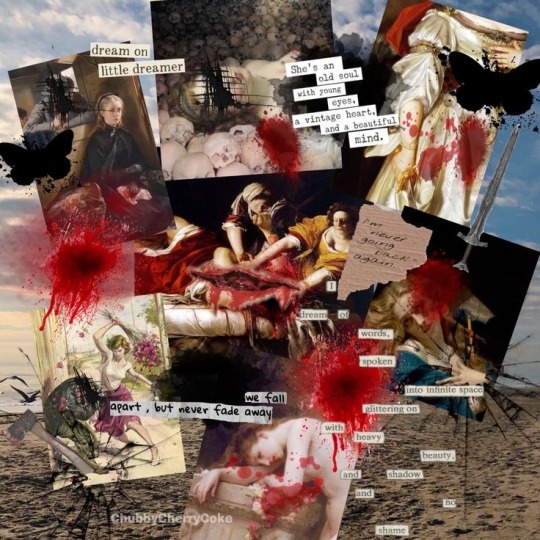
Woman Rage
#collage#artwork#digital art#digital illustration#recycledart#horror#horror art#renaissance#empoweredwoman#female rage#feminine rage#divine feminine#woman artwork#woman artist#art history#horrorcore#emotional art#renaissance art#renaissance women#angst art
0 notes
Text


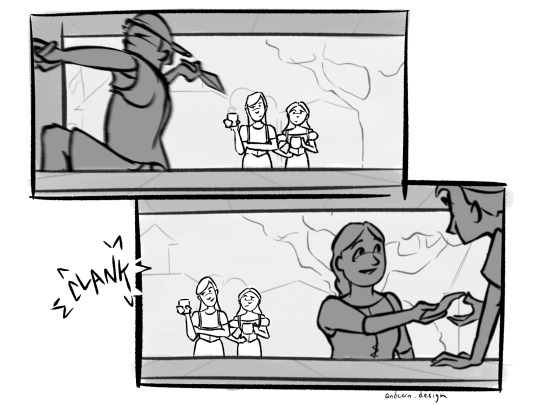
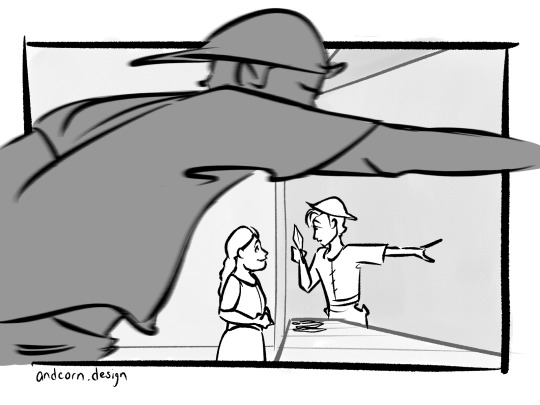
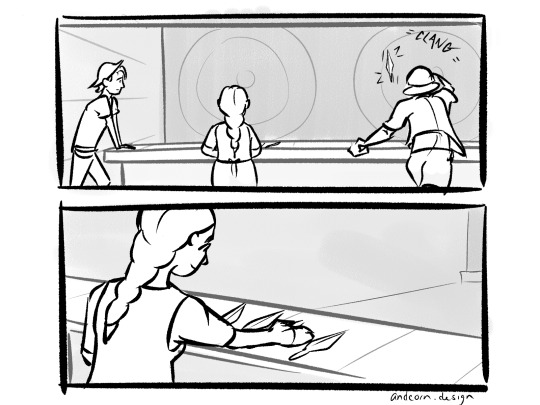



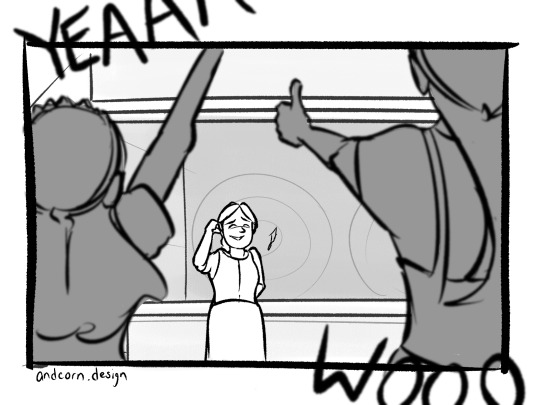
girls rule.
#nothing like seeing a cool stranger nail it immediately after watching three dudes in a row biff it entirely. made us go absolutely feral#ren faire#renfaire#renaissance faire#renaissance festival#comic#comics#web comic#webcomic#original comic#comic art#true story#humor#women supporting women#girls rule
2K notes
·
View notes
Text

Piero di Cosimo
Italian, 1462-1522
Portrait of Simonetta Vespucci, 1490 (detail)
#art#painting#renaissance#renaissance art#art detail#painting detail#classical art#15th century#italian art#piero di cosimo#simonetta vespucci#women in art#portrait#portrait art#paintings#art history#historical art#art lover#snake#serpent#art aesthetic#art academia#fashion history#historical fashion#historical hairstyles#european history
3K notes
·
View notes